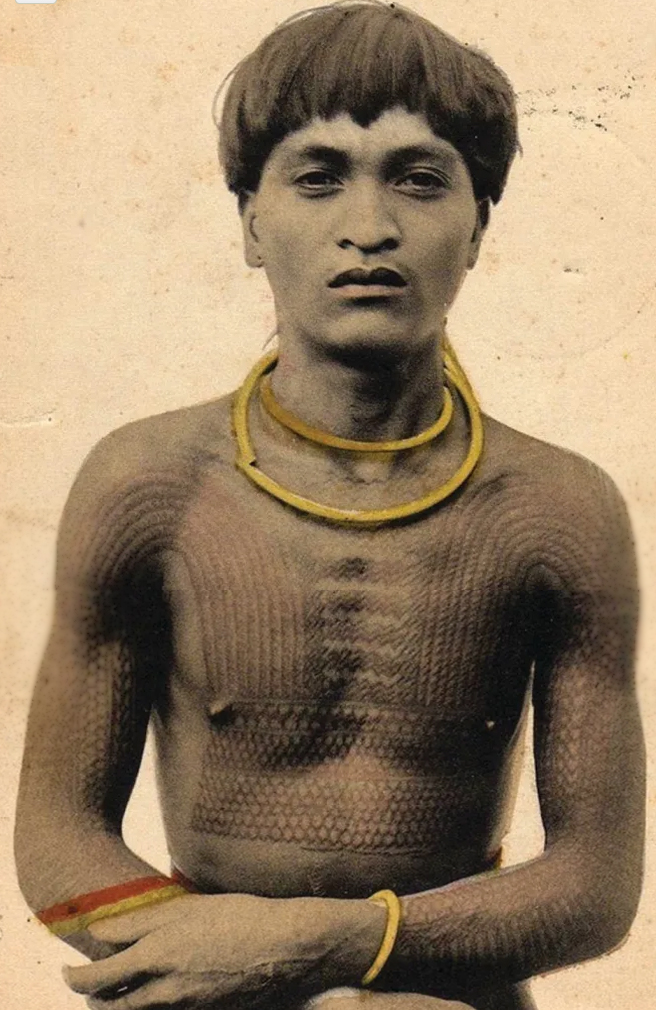The Inauspicious Beginnings, Early Promise, and Tragic End of Evangeline Consonant
Wanda Waterman, head of research for the Repository of Wonders, has undertaken to dig up and reassemble the facts concerning the lives of Dr. Michael Consonant, his daughter Dr. Mycenae T. Consonant, and those associated with them and the history of the Repository itself. Here, for your reading pleasure, are their stories. For dates and details please consult our timeline.
On October 8, 1861 in Accident, Maryland a tiny, wizened baby girl was born to Freda and Venerable Murray, a pair of poor young factory workers. The baby being premature, the midwife covered bricks with cotton to heat her tiny bed, as her ailing mother was too weak to hold the child in her arms.
The baby miraculously survived, but within a month her poor mother had left this mortal coil. Within six months the father, driven to distraction by grief and financial burdens, was killed by a wayward wrecking ball while crossing a wharf.
Having no family willing to take her in, Baby Evangeline Murray was immediately placed in the Home of the Friendless, a Baltimore orphanage.
Evangeline grew up a plain, sickly little thing and was often the butt of mockery and bullying. Feeling utterly alone in the world and thoroughly oppressed by the severe Calvinist religion force-fed her at the orphanage, Evangeline sought refuge in books, especially enjoying tomes on accounting, chemistry, and comportments.
At the age of fourteen, while perusing the mustier nether regions of the Baltimore Public Library, she chanced upon a yellowed, crumbling volume, Lithographiae Wirceburgensis, by Johann Bartholomew Adam Beringer, chair of natural history at the University of Würzburg.
Professor Beringer had made some bizarre finds in the mountains near his university: small artifacts so strange they couldn’t be rationally explained. She was particularly struck by the professor’s elucidations: He’d concluded that God himself had put these strange trinkets into the earth on a whim, as a joke, perhaps, or as a test of human faith. The very idea that God could be so playful and humorous delighted Evangeline, and on finishing the book she determined to become an archaeologist in order to seek out whatever other absurd things God might have seen fit to plant on terra firma.
Evangeline so excelled in her schoolwork that she qualified for one of the few scholarships made available to the home’s children, most of whom were being groomed to become domestic servants. She enrolled in the newly established Wellesley College and began reading for a degree in Archaeology.
At Wellesley she met the man who was to become her husband, Michael Consonant, at a lecture entitled: “Egyptian Scarab Beetle Illustration: Influence on Far Eastern Temple Design.” She impressed young Mr. Consonant by asking, “Do you see a link between the shape of the scarab beetle and that of the Buddha’s hand in the ancient statuary?”
When the lecture was over Consonant approached her and asked if she’d like to go sit with him in the local cemetery, to which prospect she delightedly agreed.
There on the cemetery bench, they ate ices and discussed ancient temple design. Evangeline coughed a good deal and was touched when Michael removed his jacket to place it upon her frail shoulders. Each was certain they’d found a profound resonance with the other, and each was correct.
They were married upon graduating, and each threw themselves into their own respective archaeological obsessions. Alas, their joy was soon to be curtailed. Evangeline, 24 and still suffering from chronic ill health, was to die shortly after the birth of their first child, Mycenae Tabia Consonant.
While on her deathbed Evangeline dictated notes for a lecture called: “Decorations of Ritual Spoon Boxes and their Correlation to Primitive Animist Tattoos of Early Cultures.” In lieu of a eulogy, the piece was read at her funeral by her loving husband; later written up as an article published in The Weekly Journal of Practical Information, Art, Science, Mechanics, Chemistry, and Manufactures. According to a contemporary account, “no eye in attendance was found to be dry by the end of the lecture, which was followed by an informative—if subdued—question and answer session.”
